Mefistofele – an awe-inspiring land speed record-breaking car built a century ago from a Fiat racer and an aircraft engine – won’t be attending the 100th anniversary of its historic achievement this year, or indeed any year.
Instead, this extraordinary car (the last to set a land-speed record on a public road) is stuck on display in the Centro Storico museum on the Corso Dante in Turin, Italy. It is the victim of budgets and politics.
Not that it isn’t revered and loved there. All five metres of its battered, vestigial coachwork is burnished, and all 21.7 litres of its fire-breathing six-cylinder engine are polished and oiled; primed to bathe spectators in a heady mix of exhaust smoke, hot oil and, occasionally, flames.
But it can’t come out to play, and that’s a tragedy – not just for its fans, nor its former owners, nor the relatives of the brave men who once drove it, but for the future of automotive heritage as a whole – and the way we preserve it for future generations to enjoy.
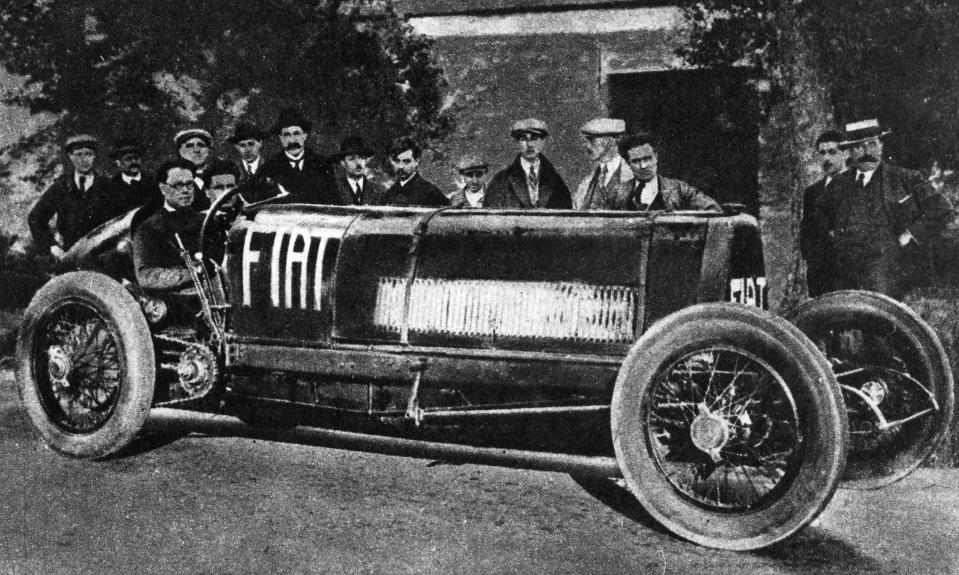
The end of the car museum
In June, the doors closed on the famous Citroën Conservatoire at Aulnay-sous-Bois, a leafy suburb of Seine-Saint-Denis, north-east of Paris. It gave no firm indication of when, or if, we might again see the 600 or so historically significant vehicles within.
The Conservatoire contains everything from production models to concepts and formerly secret prototypes. It’s earned a reputation for welcoming enthusiasts and public alike, with beautifully kept exhibits in a lovely modern building packed with experts. Citroën, founded in June 1919 by André Citroën, is one of the world’s most important car marques, having given the world innovations like front-wheel drive cars, modern monocoque construction and hydropneumatic self-levelling suspension. It might not have had much financial success, but Citroën produced cars like no other – the DS, the Traction Avant and the 2CV are all among Europe’s most cherished vehicles.
Over the years the company has been bailed out by Lazards bank, Michelin, Peugeot (in the form of the PSA Group) and, in 2021, by Stellantis, the giant carmaking group headed by Carlos Tavares.


Stellantis, the cost cutters
Tavares claims to be a “car guy”, but he hates paying for them. He feels Europe’s car industry has been bounced into adopting electric cars before the technology is ready or cheap enough. As a result, he believes the European industry to be vulnerable to low-cost Chinese makers picking off juicy market segments in much the same way the Japanese did in the 1970s and 1980s. He has promised European (and UK) legislators, “There will be consequences… and you might not like the consequences.”
Of course he is talking about job losses; transferring production to sites in the Far East where costs and taxes are lower, along with perhaps even more dramatic closures of old and revered car names.
On the way, Stellantis is tearing great chunks out of its cost base. Tavares does team talks where he bangs on about “passion for the marques”, but in some cases there’s really not much left of them. The 18 car names he’s acquired or purchased are now sharing everything – from components, engines, bodies and suspension systems to factory equipment, back-office functions and even the office cats. These days a Citroën is a Peugeot; is a Fiat; is an Alfa Romeo; is a Jeep; is a Dodge and so on ad infinitum.
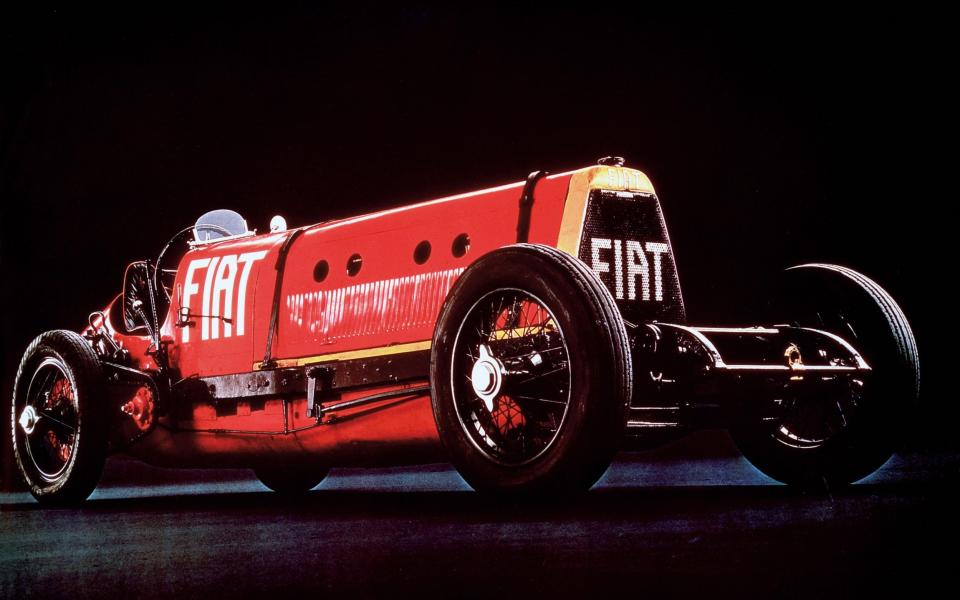

In Carlos’ world, car museums are like motor shows and days off; expendable. Museums cost a fortune to run, are packed full of priceless exhibits which could be sold on, and they represent a continual drain on the bottom line. Like Henry Ford, the Tavares method is that history is bunk and if newcomers such as Tesla, BYD and Hongqi don’t fund expensive museums then why should he?
Two years ago he gave notice to Citroën’s Conservatoire that unless it could find a revenue stream it would go. Now it has. Of course, there are lots of fine words from Stellantis suits about how difficult the lease on the old building was, and how it is straining every sinew to find a more accessible and long-term site for the museum. But even if that’s the intention, it won’t be happening for at least five years, a lifetime in carmaking.
But while it’s easy to poke a finger at Tavares and Stellantis, other museums are having similar issues.
Museum misery
Mercedes-Benz’s museum in Stuttgart is one of the leading repositories of transport history, including an extraordinary archive spread in several buildings across the city and anonymous industrial units containing priceless vintage and classic cars in towering racks. Yet it too has been feeling the pinch. For the last decade, the museum has been trading in classic cars and selling off some of its ‘spare’ exhibits through its classic car sales department. In May 2022, it sold off one of its treasures, one of two 1955 300 SLR Uhlenhaut coupés, for a record price of €135 million (£116 million) to a private collector.
Mercedes-Benz owns the other one, of course, and Marcus Breitschwerdt, head of Mercedes-Benz Heritage, assured everyone that the buyer had agreed to display his car at the Stuttgart museum on special occasions. The money has gone into a fund to provide educational and research scholarships to young people.
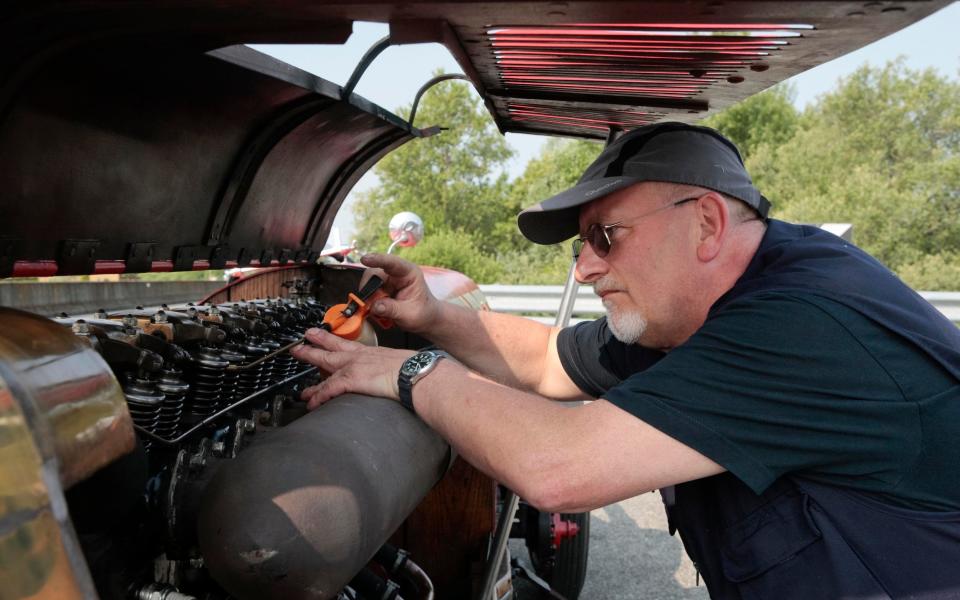

BMW’s museum has also felt the pinch, and its Mobile Tradition cars don’t get out quite as much as they used to. It has formed partnerships with other museums, such as the Städel Museum Frankfurt, whose foundation status has the clout to show some of the car maker’s exhibits without huge outlay to the Munich-based carmaker.
Vauxhall has virtually closed its famous museum in Luton and donated the lion’s share of the exhibits to the British Motor Museum at Gaydon, where it pays to have them prepared for special use.
Ford, which for many years hid its 120-plus historic cars in an abandoned factory unit in Dagenham, has at the behest of Bill Ford finally given them a home in Daventry. But while the unit has been given “an uplift”, it still isn’t open to the public – and the finances of the operation depend on the generous work of volunteers who maintain the rare cars.
You can’t keep everything
“I wouldn’t blame Mercedes-Benz in the slightest for selling that other Uhlenhaut coupé,” says Allan Winn, former chief executive of the Brooklands Museum, “you simply can’t keep everything.”
He does, however, admit that things have been tough in the museum game, partly as a result of Brexit, which has added cost and complexity to the business of moving priceless cars.
“You can move things still, but it’s difficult, and there’s a layer of administration and cost that makes it really expensive,” he says.
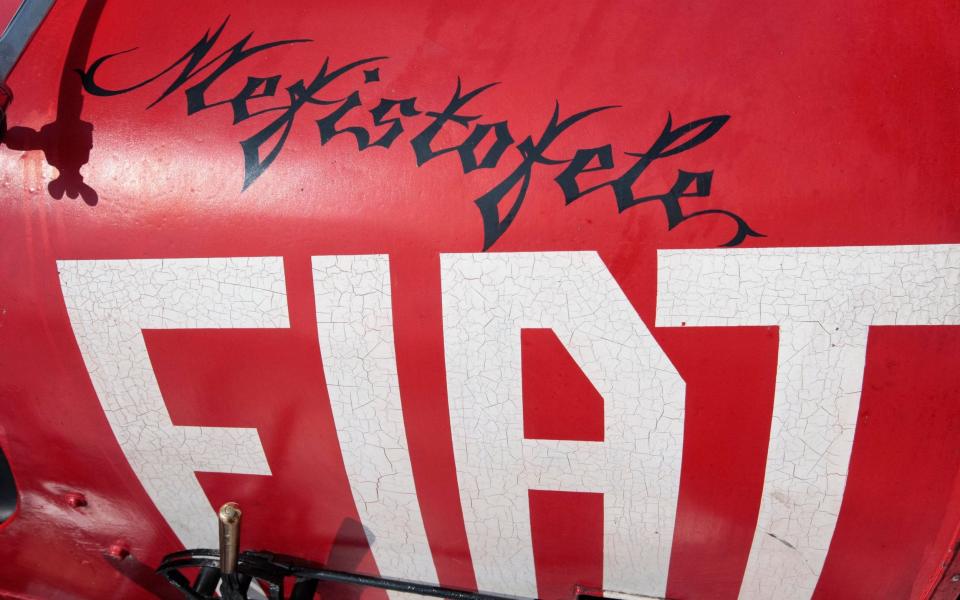

Winn is part of a team that prepares and maintains the famous Napier Railton, the huge John Cobb record-breaker which lives at Brooklands. He says they wouldn’t have been able to get the car to the Montlhéry Vintage Revival this year without sponsorship from Longstone Tyres. Most of that went on preparing carnets and export paperwork, “which benefits absolutely no one apart from a group of EU penpushers”.
“Many collections find it difficult to move things around at the moment,” he adds, “which is a shame as it does the machinery no good to be lying idle.”
The Brooklands Trust actually turned down a National Lottery grant which stated that the Napier Railton should never be taken out.
“The trust wrote a paper which basically stated that the opposite should be the case – which was accepted by the grant committee,” says Winn. “I think that the Napier is a better car now and is in better condition because it is being used.”
National monuments
No one is actually saying that the Italian government reacted as a result of Stellantis’s actions over the Citroën Conservatoire. But act it certainly has, slapping National Monument status on the entire museum – as well as the Alfa Romeo Storico in Arese outside of Milan, which also contains some of the rarest treasures. In the chess game of museum versus Stellantis, this is checkmate. Fiat can’t move the exhibits, export them or sell them – it still has to look after them, and its owner Stellantis has to pay for it.
“The biggest issue is finding someone to sign the papers to take responsibility for the exhibits,” says Maurizio Torchio, head archivist at the Fiat museum. “The possibility of taking the car to France [for the 100th anniversary celebrations] will be discussed next month, but the time frame is very tight and it is tricky. The cost of everything is so great.”
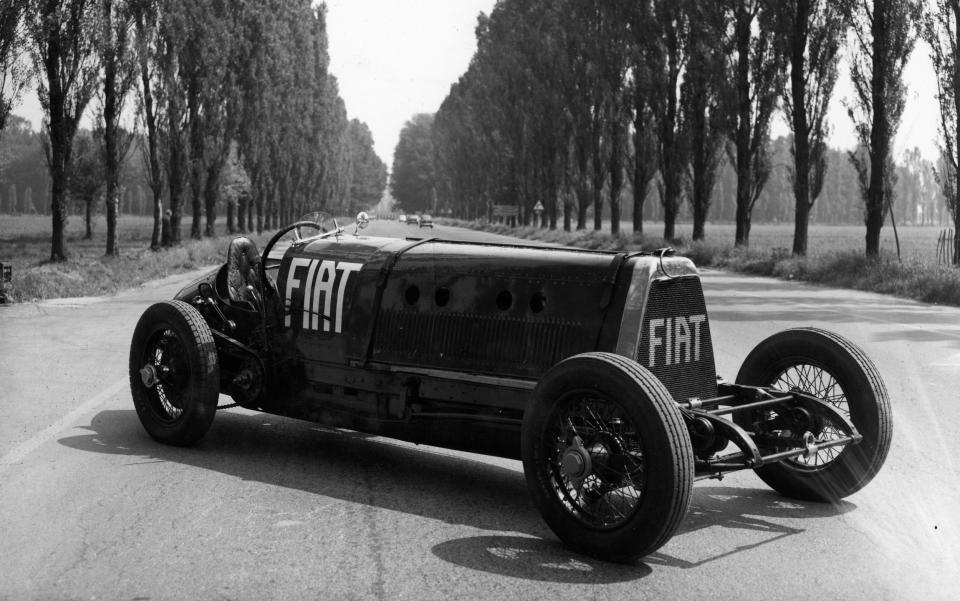

Driving Mefistofele
It wasn’t always like this. Just over a decade ago, Fiat found a ‘spare’ engine under a bench at the museum and replaced the ageing, leaky original under Mefistofele’s long bonnet. I drove it at the Alfa Romeo test track at Balocco, where the old car drew an admiring crowd of Fiat employees, while she anointed the track with a mix of coolant and oil. It’s a special sort of car and gets you like that.
“It’s not just the high-tech side of it, although I understand that’s important, but it’s also a romantic and human story and that’s what I want to get across,” says Jane Ferguson, whose father Charles Naylor was the last-but-one owner of Mefistofele. Naylor bought the old racer in its lowest moment in 1946 when it was certain to be scrapped. It was in a yard somewhere near his home in Mobberley, Cheshire.
“He had no money to do anything with it other than save it,” says Ferguson. “Eventually a lovely man called Peter Gresham came to see the car and said, “I’ll help you.” It came home on a low loader and went into the garage.”
This rescue story closely matches that of Chitty Chitty Bang Bang, Ian Fleming children’s book published in 1964 and dedicated to another aero-engined record-breaker, Count Zborowski’s monster built in 1920. There’s an almost unbearable poignancy in Fleming’s description of the eponymous flying car lying as a rusting, broken wreck under a tarpaulin.
“[Mefistofele] is my Chitty Chitty Bang Bang,” says Ferguson, who recalls as a child polishing the mighty engine in the shed while her mother made the tea. “It was part of the family, a character, not just a piece of equipment. So when I saw it recently, I felt quite emotional.”
Ferguson spoke as a guest of honour at a seminar for Mefistofele at Centro Storico. There she met Davide Lorenzone, who oversees all restoration at the Italian national motor museum. She and Lorenzone agree with Winn, that such vehicles need to be used and shown to the public to give them relevance and to educate the public.
The car companies “want to trade on their heritage, but they don’t want to fund it,” says Winn. “But if the cars don’t get used they fall apart. It’s tragic.
“Yet thousands of people will turn up just to see these old cars run, they’re the best sort of advertisements.”
A future for museums
Does it all boil down to money? Up to a point, but museums have an important role in education as well as entertainment. Mercedes’s museum, for example, is one of the most popular in Germany and the company kept the entrance fees down to encourage as many visitors as possible, which meant they didn’t make enough to cover the costs.
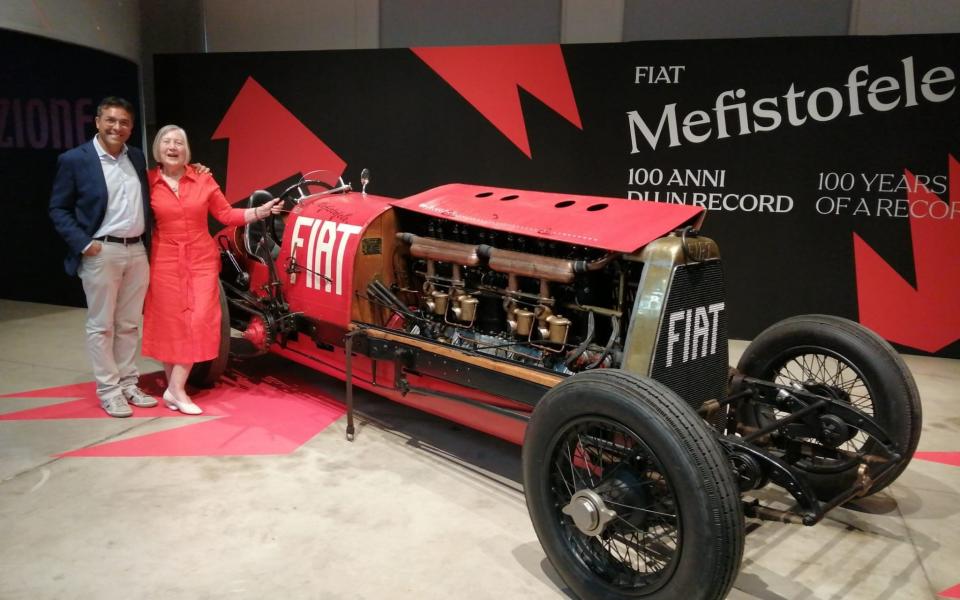

Education, says its director Breitschwerdt, is a key task of the museum. Not only for the public, but for the new generation of Mercedes engineers and marketing staff who need to understand the company’s past in building excellence from scratch at its home in Stuttgart.
That’s Breitschwerdt’s mission, and he has been given a revenue stream with which to achieve it. Every Mercedes-Benz model over 15 years old will become the preserve of the museum, which will handle the supply and sale of spare parts, from spark plugs and brake linings to complete drivetrains and body panels.
It’s a long-term solution to an age-old problem and allows the cars to go out and be demonstrated at events all around the world.
I wonder whether Carlos Tavares has been to Stuttgart lately…
Source Agencies


